One of the favorite methods of medieval icon painting – multi-rowing – is associated, to some extent, with monthly icons. He retained his importance at a later time. In this


One of the favorite methods of medieval icon painting – multi-rowing – is associated, to some extent, with monthly icons. He retained his importance at a later time. In this
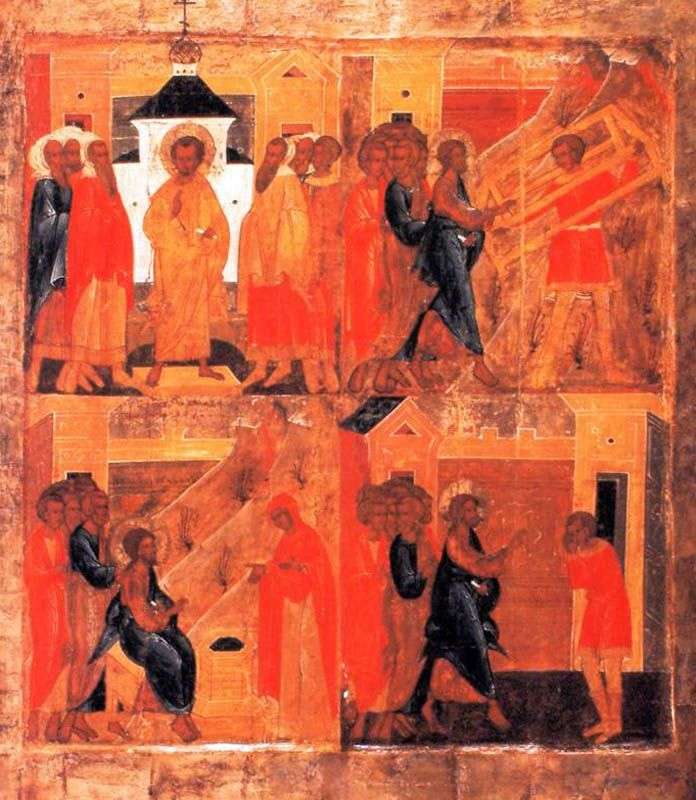
Hallmarks: Christ’s preaching in the temple, Healing of the paralytic, Christ’s conversation with the Samaritan woman by the well, Healing the blind. The icon is part of the cycle of
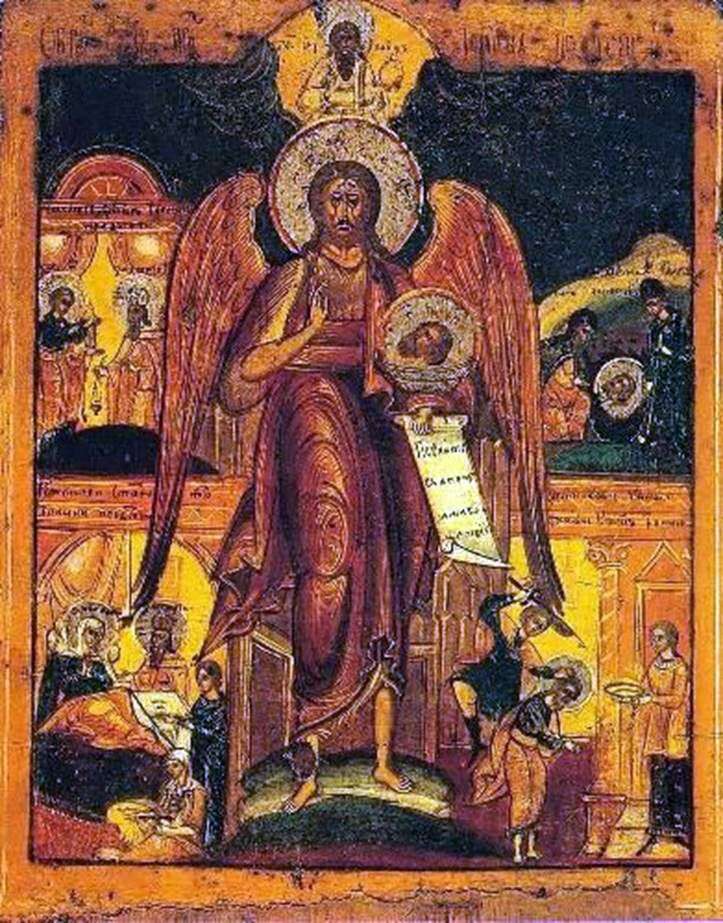
In this expressive national icon it is interesting to note the preservation of the iconographic tradition, which goes back to the work of the outstanding master of the 17th century.

The theme of the patronage and help of the Mother of God to all the suffering people was most fully embodied in this iconographic type. By the end of the
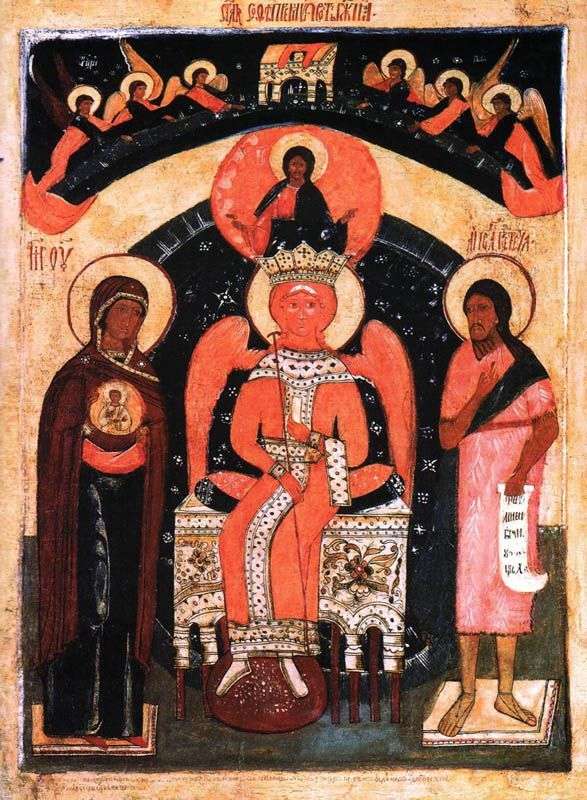
Such images of Sophia Wisdom were popular in Russian icon painting of the 16th-17th centuries. An unusual detail of the monument are the red cloths of the robes of the

– The work belongs to the iconographic type of Affection. The icon is quite close to the “Tenderness of Yaroslavl”, but with a number of differences, the most radical of
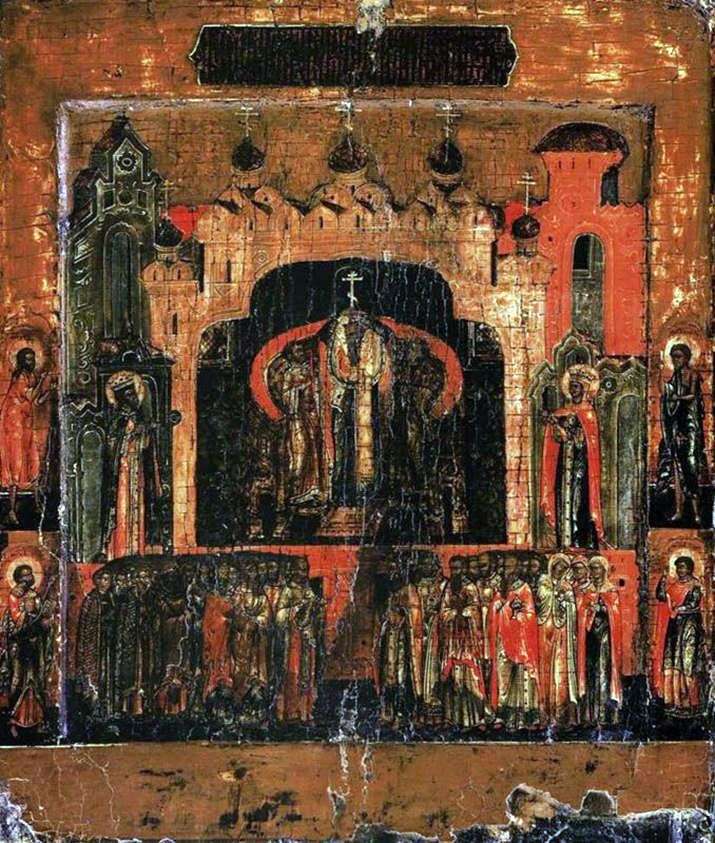
In the center, in the background of the temple, on the pulpit stands the patriarch Makarii with a cross crossed over his head, on the sides of it – deacons.
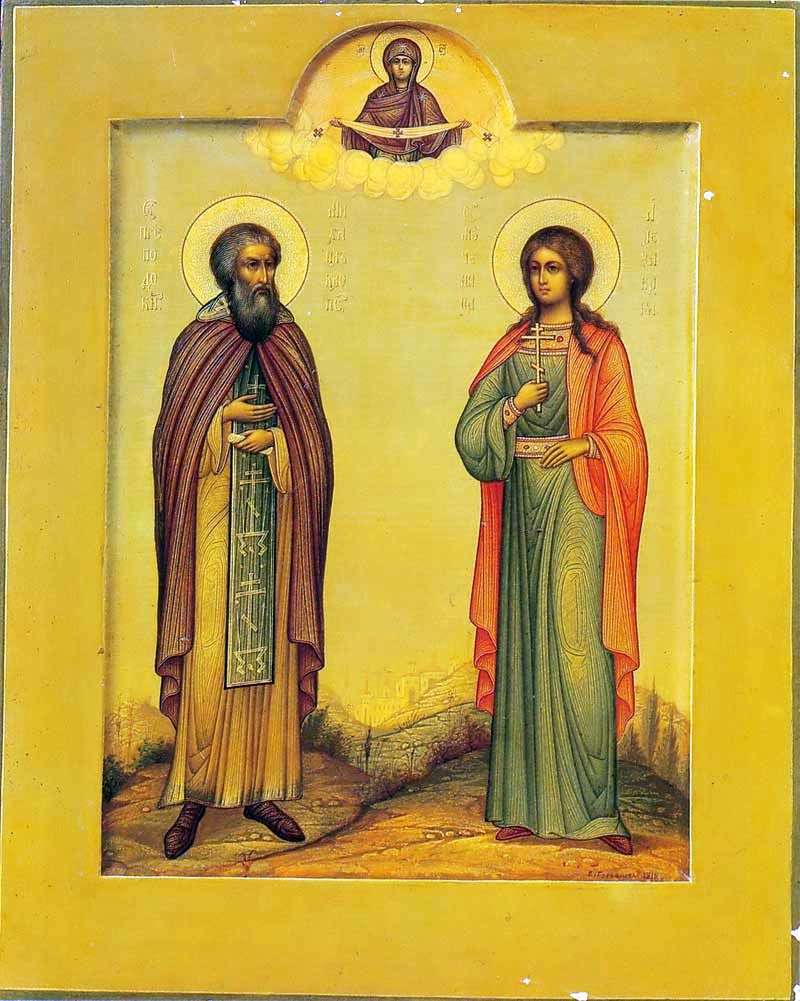
The author’s signature with the date: “V. Guryanov, 1912” in the icon on the lower right of the middleman. On the back of the icon the ink seal: “Artistic and

The multi-plot composition includes an image of several events related to the story of the Nativity of Christ. Like many works of art of Palekh, he repeats the sample of
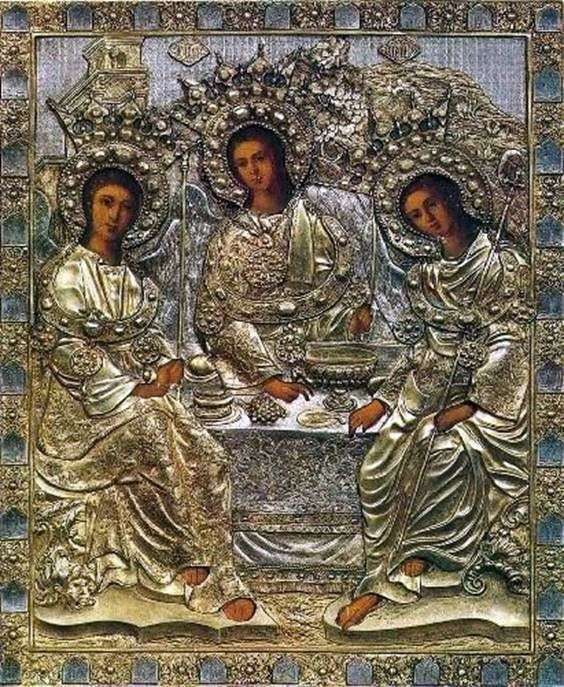
The icon accurately reproduces the iconography and decorative decoration of the miraculous image of the work of the Reverend Andrei Rublev. His famous salary is an independent work of the
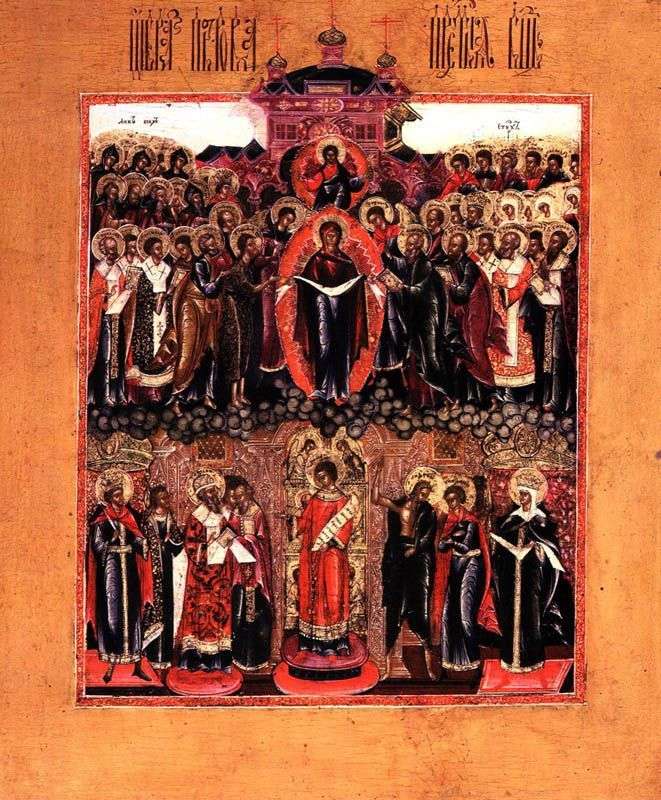
Above the cloud, dividing the composition in two, in the red oval mandorla – the Mother of God, stretched out with both hands a white cover. Above her in the
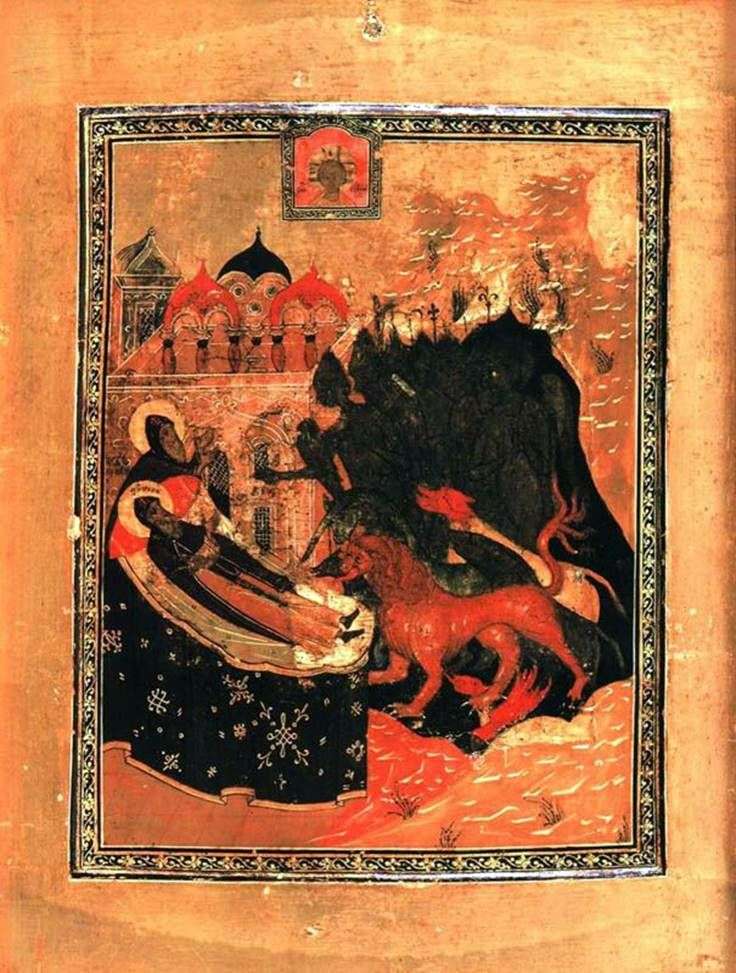
The ancient fragment is embedded in a thin lime board with two oak keys. In the original colorful layer there is an image of the Monk Anthony the Great lying
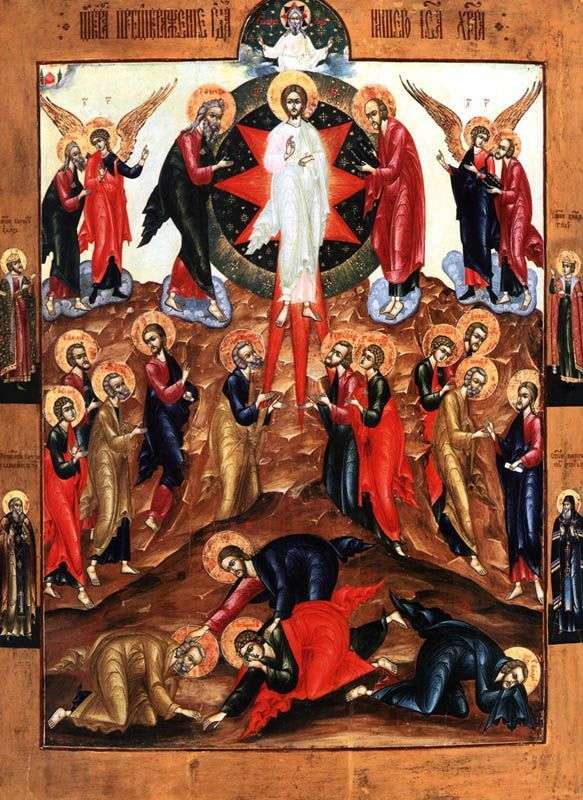
The Transfiguration of Jesus Christ on Mount Tabor is represented in a lengthy version, with the ascending of the mountain and the descending Christ and the apostles. A unique detail
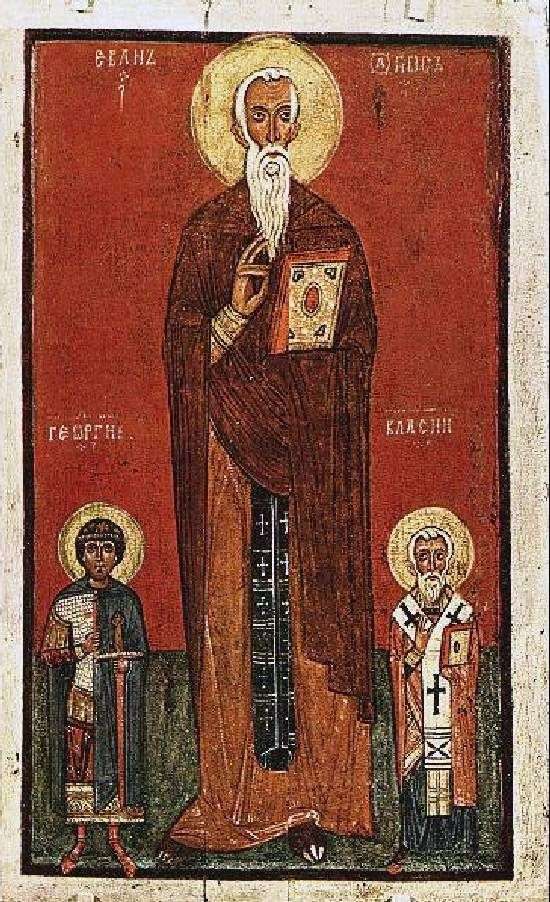
Novgorod. Icon refers to the number of early Novgorod red icons. In its center one of the pillars of monasticism is represented – the Monk John of the Ladder –

The great guardian of the Russian statehood, the ancient miraculous icon of Our Lady of Vladimir in countless copies and repetitions was known in all parts of the country. It

In the center of the composition is a naked Christ standing in the waters of the Jordan. On His head is entrusted the hand of John the Baptist, pictured on
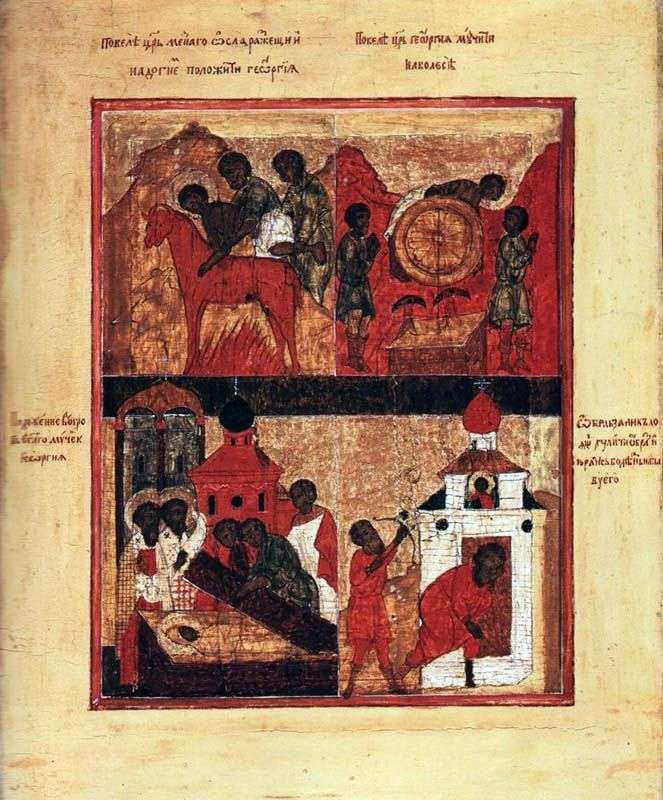
Contents of stamps: 1. St. George is put on a red-hot copper bull. 2. The torment of St. George on the wheel. 3. The Burial of St. George. 4. Miracle

Iconography is traditional: the Mother of God is depicted pokhodno, her head is inclined to the Babe, directly standing on her left hand. The Right Child blesses, the left is
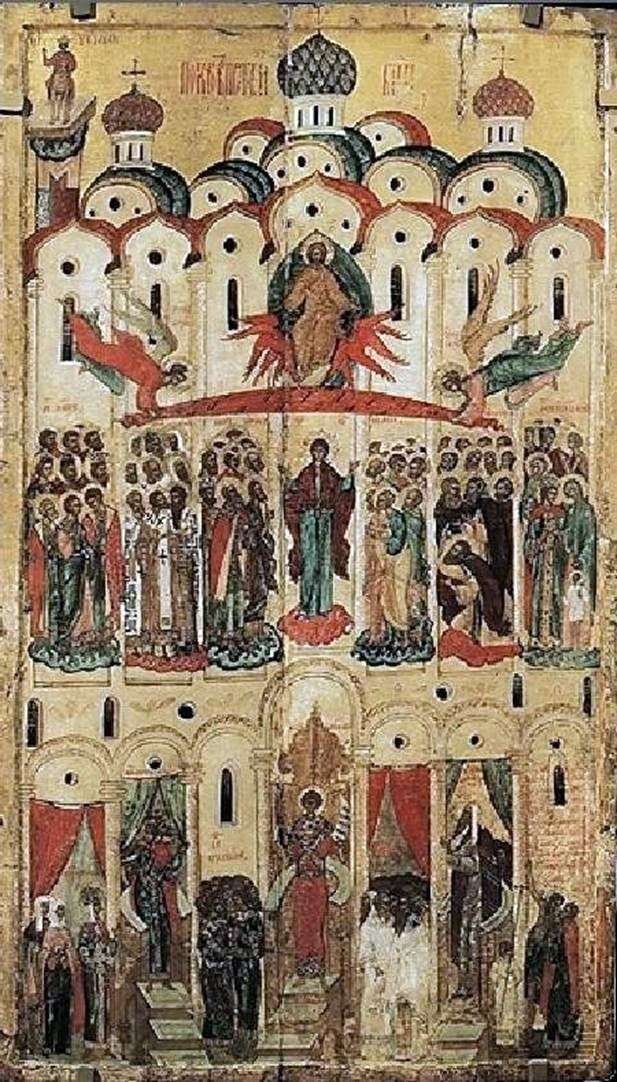
Novgorod. The plot of the icon is based on the text of the Life of St. Andrew the Godfather and tells about the vision of the Virgin in the Vlaherna

At the table with a white table top and an ornamented sidewall, there are three angel-bearing blessers with a yardstick in their hands. On the table are three bowls, the
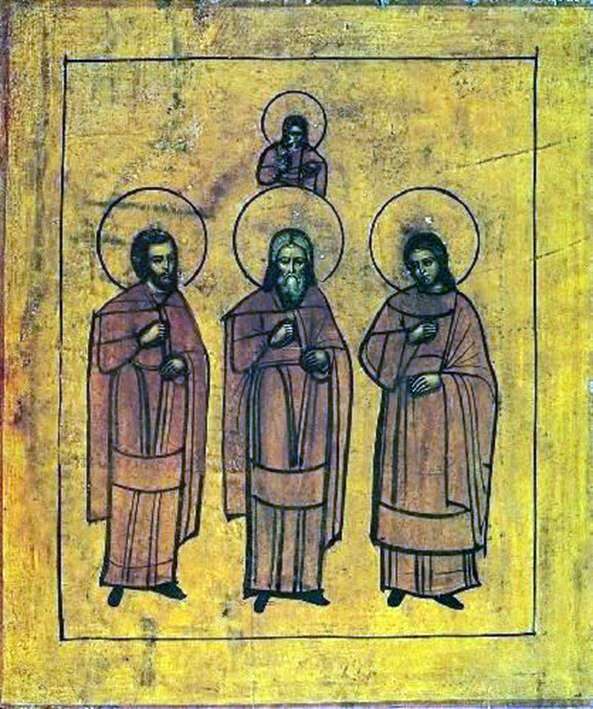
The guards of the home, the defenders of powerless wives from the willfulness of their husbands, prayers-saviors of the peasants from pernicious drunkenness-such are the Byzantine saints Guriy, Samon and